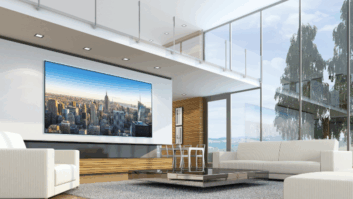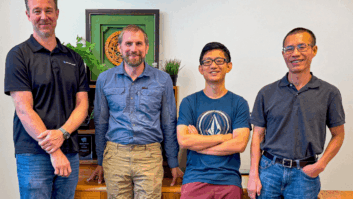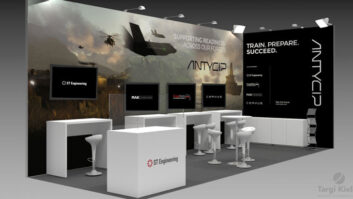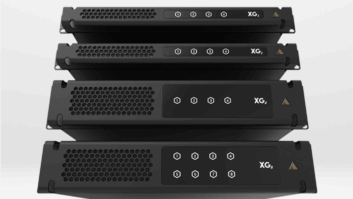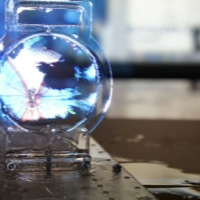
An international team of researchers at the University of Tokyo has developed what is claimed to be a new direction for display engineering: soap bubble screen technology, which allows image projection onto a screen made of soap film. The scientists used ultrasonic sound waves to alter the properties of an ultra-thin version of soap film, creating what’s called BRDF (bidirectional reflectance distribution function) – described as the reflectance of a target as a function of illumination geometry and viewing geometry. Two colloidal liquids were mixed together to create the ultra-thin liquid. The solution transparency was then manipulated by the ultrasonic vibrations to make the film a suitable display for several applications, including 3D volume screen. According to the team, the bubble is more difficult to burst than a regular soap bubble and could be used to provide a canvass for artistic works, museum displays and for other creative environments. The ability to provide floating projections could offer an new dimension to planetarium displays and similar applications.
On his blog, lead researcher Yoichi Ochiai from the University of Tokyo, stated: “the combination of the ultrasonic waves and ultra thin membranes makes more realistic, distinctive, and vivid imageries on screen. This system contributes to open up a new path for display engineering with sharp imageries, transparency, BRDF and flexibility.” Picture: University of Tokyo.

